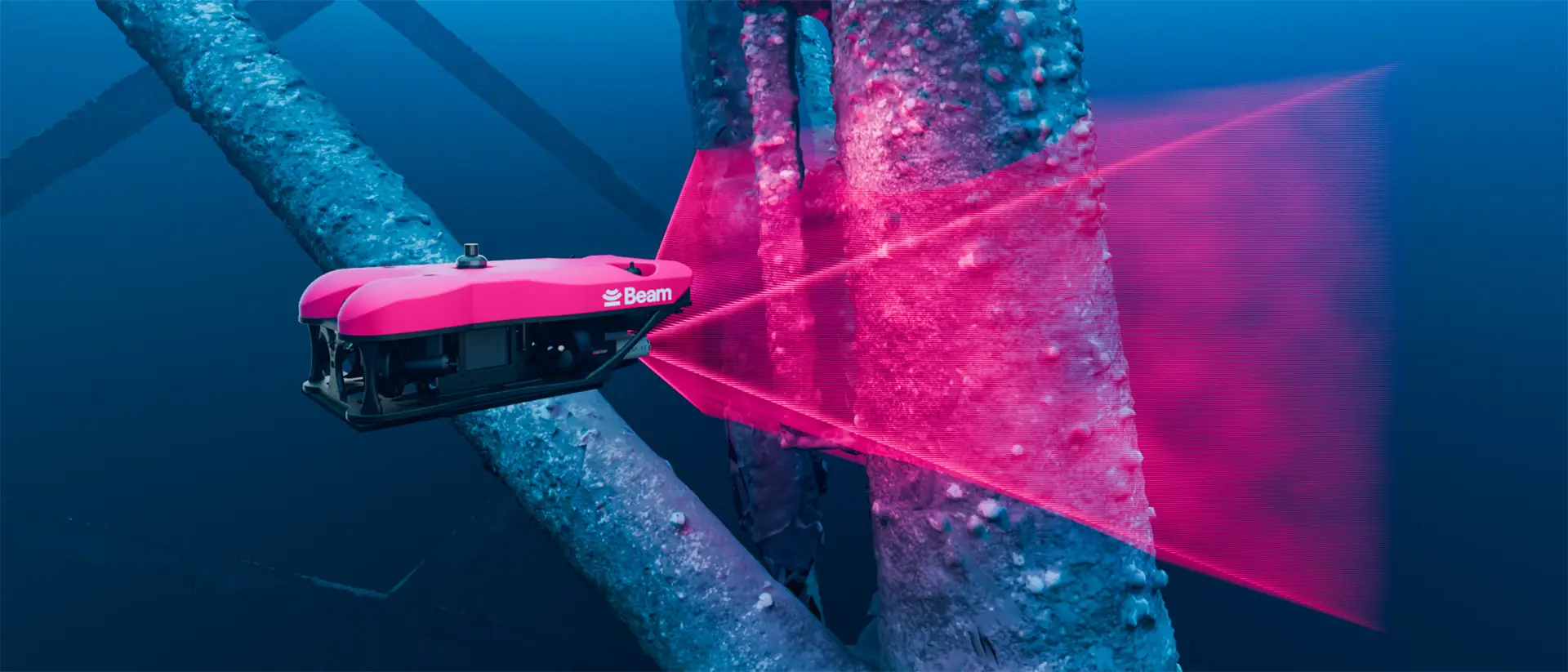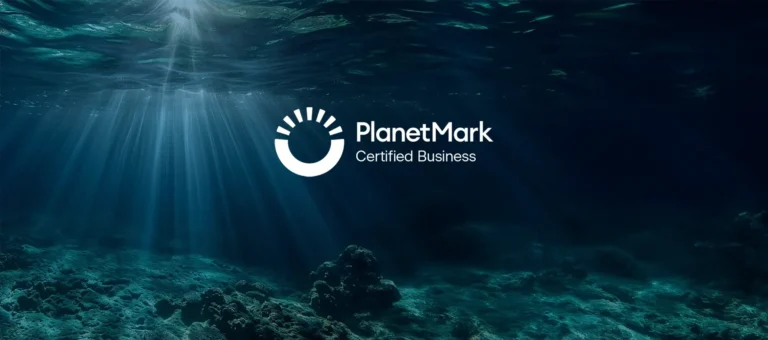
The last few months have been transformative for Beam. Evolving from Rovco and Vaarst into a unified identity, Beam represents a bold step forward in advancing renewable energy through AI, robotics, and data-driven solutions. By combining Rovco’s expertise in offshore wind services with Vaarst’s pioneering technologies, we are uniquely positioned to tackle the challenges of the energy transition.
Our solutions streamline offshore wind operations, reducing costs, enhancing efficiency, and minimising emissions across the lifecycle of wind farms. From groundbreaking innovations like the world’s first AI-driven autonomous underwater vehicle to expanding our fleet with cutting-edge vessels, we have redefined possibilities in the sector.
This year, we’ve made huge strides in advancing technology, improving efficiency, and driving sustainable practices. Together, we are shaping a future where renewable energy is accessible, competitive, and powers a cleaner, greener world.
Join us as we celebrate these remarkable achievements, reflect on the progress we’ve made, and look ahead to the exciting opportunities and innovations that lie on the horizon for Beam and the offshore wind industry.
Beam marked a groundbreaking milestone with the deployment of the world’s first autonomous underwater vehicle (AUV) driven by artificial intelligence (AI). Successfully used at Scotland’s largest offshore site, Seagreen wind farm, the AUV conducted inspections of jacket structures, revolutionising how offshore wind assets can be monitored.
This cutting-edge technology automated traditionally labour-intensive processes, reduced inspection timelines by up to 50%, and significantly lowered operational costs. With capabilities to perform complex underwater inspections independently, the AUV delivered high-quality data and 3D reconstructions, enhancing decision-making and efficiency.
Beam’s innovation not only increased inspection precision but also enabled offshore workers to focus on higher-value tasks. This development marked a significant step toward fully autonomous operations, with plans to integrate this technology across its fleet in subsequent years.

Beam took a significant step forward in 2024 by expanding its fleet with the Quantum EV and Xplorer vessels, both designed to enhance the efficiency and sustainability of offshore wind operations. These state-of-the-art vessels are equipped with advanced dynamic positioning systems, cutting-edge sensor technology, and powerful electric propulsion, setting new benchmarks for environmental performance in the marine industry.
The Quantum EV, an all-electric vessel, reduces emissions and offers unparalleled flexibility for offshore surveys, construction support, and maintenance tasks. Meanwhile, the Xplorer vessel features integrated autonomous systems, enabling seamless collaboration with Beam’s ROVs and AUVs.
Together, these vessels enhance Beam’s ability to deliver comprehensive, technology-driven solutions across the offshore wind lifecycle, reducing project timelines, improving safety, and supporting the transition to a greener energy future.

Beam unveiled the next-generation SubSLAM X3, an advanced underwater perception system designed to transform offshore wind inspections and operations. Building on the success of its predecessor, the SubSLAM X3 offers unparalleled 4K video quality and real-time 3D visualisation, providing high-definition reconstructions of underwater assets with sub-millimetre precision.
This cutting-edge system enables faster, more accurate inspections by streaming live data directly to onshore teams, reducing the need for extensive offshore deployments. The SubSLAM X3 integrates seamlessly with Beam’s fleet of ROVs and AUVs, delivering exceptional clarity even in challenging subsea environments.
With its enhanced efficiency, reduced operational costs, and ability to provide instant insights, the SubSLAM X3 reinforces Beam’s commitment to advancing offshore wind technology and supporting the industry’s transition to cleaner, greener energy solutions.

Beam has introduced Scout, an AI-powered autonomous underwater vehicle (AUV) system poised to redefine subsea inspections. Set for market release in 2025, Scout represents a breakthrough in offshore wind operations, offering unmatched autonomy and efficiency for daily tasks.
Designed to operate independently, Scout leverages advanced AI and robotics to navigate complex underwater environments, perform detailed inspections, and deliver real-time data to onshore teams. Its ability to create high-precision 3D models and stream live insights allows developers to make swift, informed decisions, reducing both costs and timelines.
By automating traditionally labour-intensive processes, Scout enhances safety, minimises environmental impact, and supports the growing demand for scalable, sustainable offshore wind solutions. With Scout, Beam continues to lead the charge in transformative subsea technology.

At Beam, we are dedicated to advancing the energy transition with innovation and precision. If you’re eager to contribute to shaping the future of renewable energy, we encourage you to explore our current career opportunities:
For more details on these roles and many more, please visit our careers page. Join us in leading the charge towards a sustainable future.
The Financial Times: Just transition for gas sector workers is in doubt
“We really can’t afford this type of delay. In the global wind industry, estimates from trade body GWEC suggest we need nearly 600,000 skilled technicians by 2027. It expects more than 240,000 of this number will be new recruits to the industry.”
Read the full article here.
The Guardian: ‘This is the future’: why turbines that float could be the new wave in British wind power
“If you look at where we were in 2014, there weren’t very many offshore windfarms out there. But the huge technology leap and economies of scale that have been achieved in the past 10 years are the evidence of what we can achieve in floating offshore wind in the decades ahead.”
Read the full article here.
The Times: From bin cameras to fish farms, AI can help save the planet
“So how do we take the number of people we have right now and allow them to do more work? It comes back to AI, allowing computers to look through multiple data sets at one time.”
Read the full article here.











